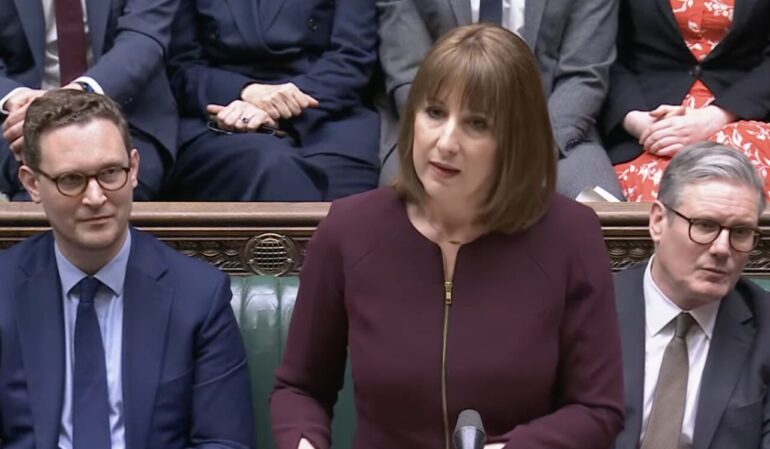The recent Spring Statement has left many industry leaders disappointed and urging for a more forward-thinking approach.
The Chancellor centred her plans for growth around the Government’s ambitious housebuilding targets.
However, the detail around how those targets will be met are still lacking.
Several industry voices expressed disappointment over the lack of substantive measures needed to bring stability to what is undoubtedly an unsettled market.
As Matt Harrison, commercial director at finova Broker, put it: “It’s disappointing to see that the Spring Statement has not introduced any meaningful measures to support homebuyers in light of the upcoming Stamp Duty changes.
“Without intervention, affordability challenges will persist, and many prospective homeowners may find themselves priced out of the market.
“A more strategic, long-term vision for the housing sector is sorely needed.”
Richard Pike, chief of sales and marketing at Phoebus Software echoed these sentiments, warning that without decisive action, the barriers slowing home purchases will remain.
He noted: “The Government must do more to unlock existing supply.
“Greater support for small and medium (SME) developers and a move towards reassessment of stamp duty could have helped create a more dynamic and accessible market.”
Such reflections underline a growing concern: without clear and sustained government policies, short-term market fluctuations will continue to destabilise the sector.
The industry needs policies that not only address immediate challenges but also lay the groundwork for long-term stability and growth.
Embracing collaboration
Industry experts were unanimous in calling for increased collaboration to drive meaningful change where the Government has failed to do so.
Mark Tosetti, CEO, Conveyancing Alliance (CAL), part of Movera, stressed: “We as an industry must continue to invest in people, in innovation and tech, and in other enablers that support the ambition of individual brands and ultimately builds the whole sector up.
“This was not a defining Statement for the Chancellor, but that doesn’t stop it being one for the sector.”
Simon Webb, managing director of capital markets and finance at LiveMore, reinforced this collaborative call.
He said: “Collaboration will be key. Lenders, brokers, and policymakers must work together to make the later life mortgage market more accessible.”
Maria Harris, chair of the Open Property Data Association, added a digital twist to the collaborative vision: “The industry must lead the way. By embracing digital property packs and working collaboratively, we can continue to remove friction from the homebuying journey, delivering better outcomes for everyone involved.
“The future of property is digital. It’s high time we act like it.”
A positive outlook
All is not lost. Together, these voices paint a picture of an industry that is ready to take charge, investing in innovation and technology, and building networks that can drive efficiency and overcome current market challenges.
And, amid calls for collaboration and Government reform, there was a cautious nod to the ambitious housebuilding targets set out by the Government.
John Phillips, CEO of Spicerhaart and Just Mortgages noted: “With the backing of the latest Office for Budget Responsibility (OBR) forecasts, the Chancellor lauded housebuilding figures that the OBR predicts will be at a 40-year high by the end of this parliament, with 1.3 million homes putting it in ‘touching distance of its target’.
“If this is achieved – and it’s a big if – this would clearly be fantastic news.”
Pike also demonstrated the same cautious optimism. He said: “While the OBR forecasts housebuilding will reach its highest level in over 40 years by 2029/30 as a result of planning reforms, it will still fall short of the 1.5 million homes target, but if 1.3 million homes are built, that would still be an excellent result.”
The Spring Statement may have missed the mark in delivering the robust measures many had hoped for, but it has ignited a vital conversation within the industry.
From calls for stronger Government action to collaborative efforts aimed at leveraging innovation and technology, industry leaders are united in their resolve to drive change.
The collective focus remains clear: building a stable, sustainable, and dynamic housing market for the future.



